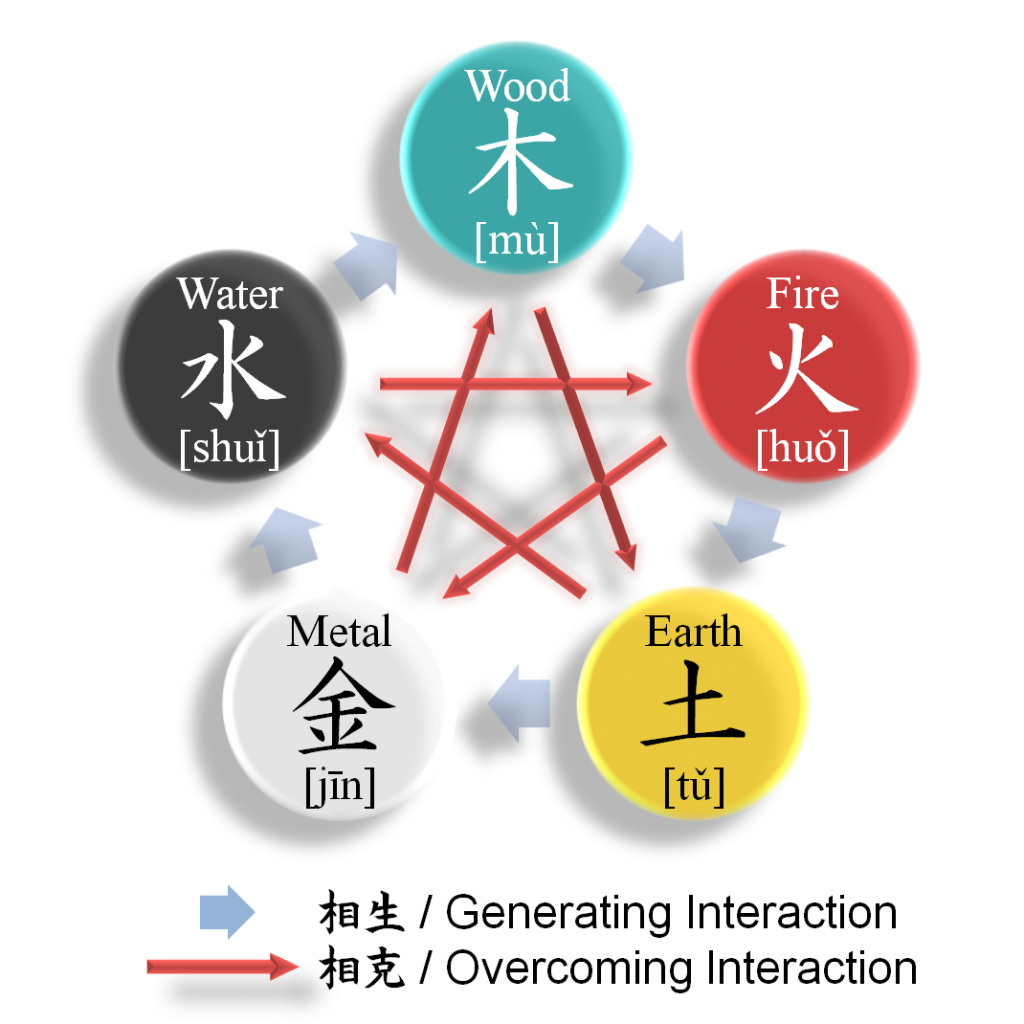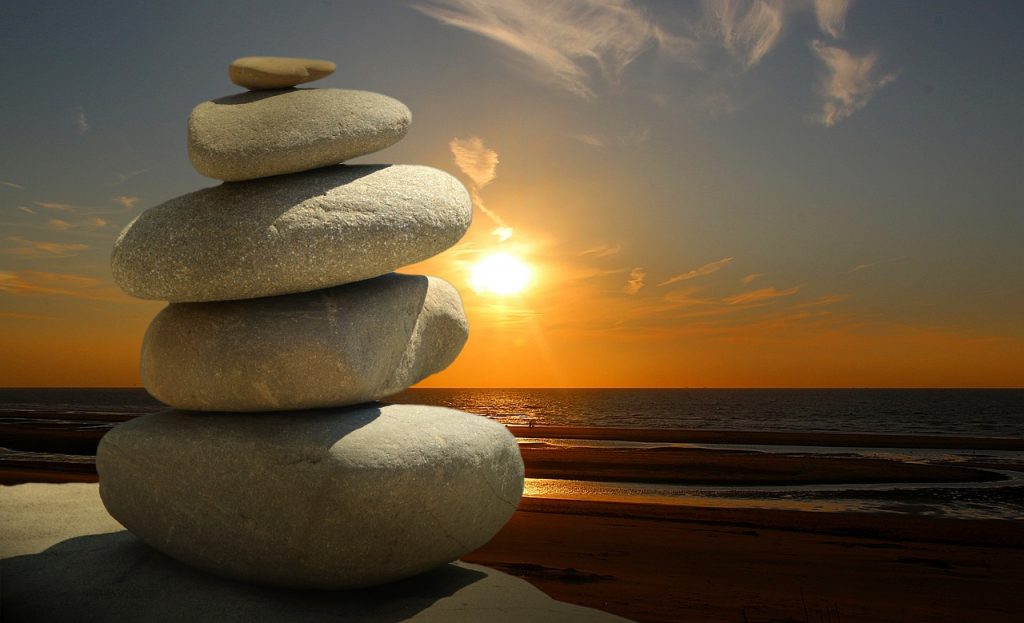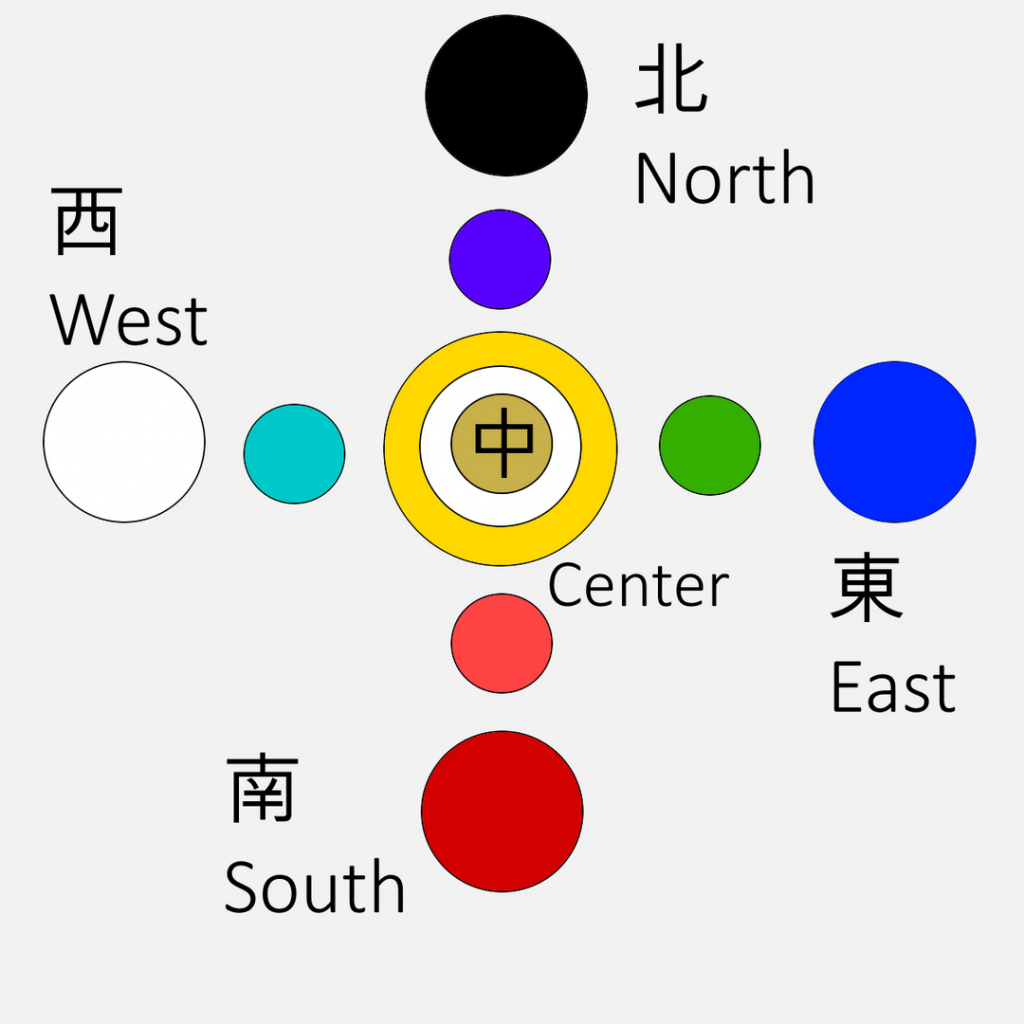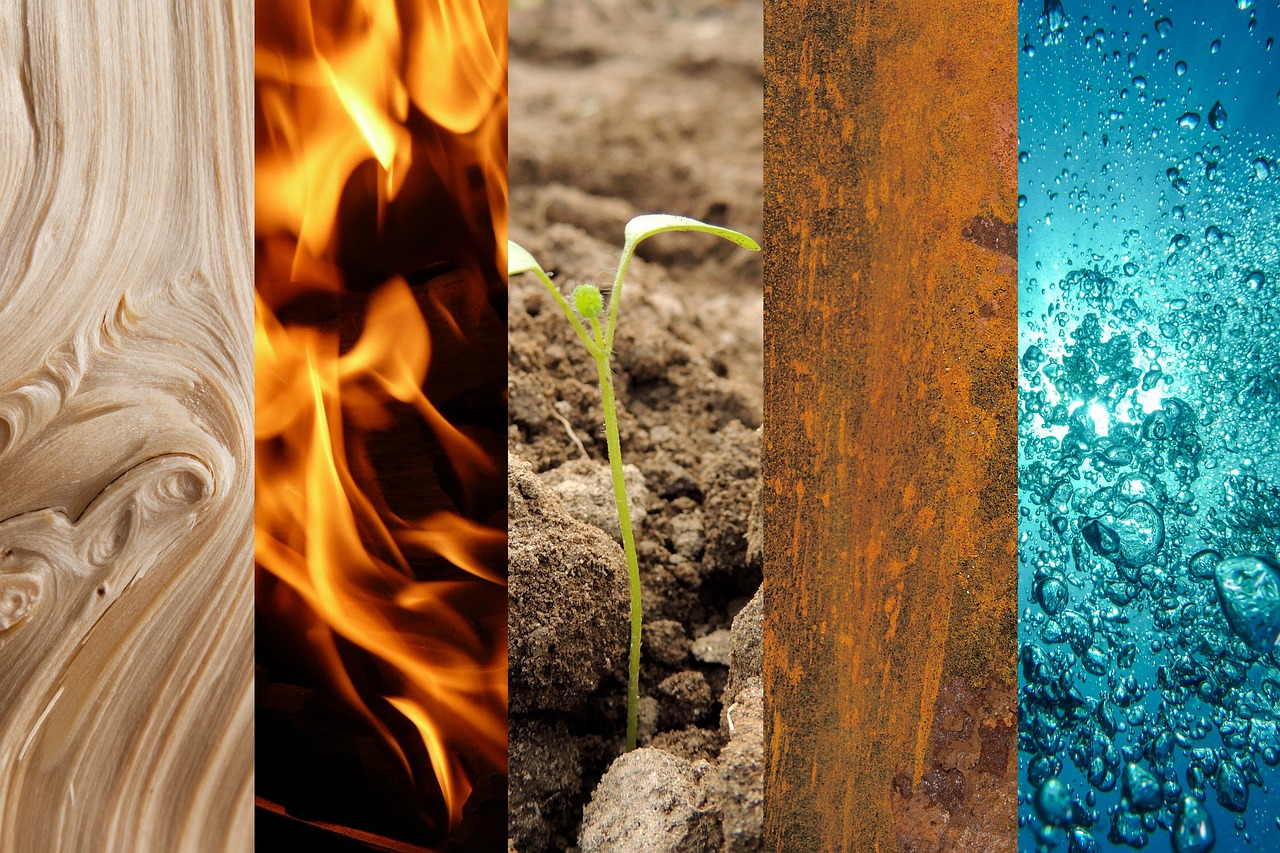The Chinese Five Elements Theory is a cornerstone of ancient Chinese belief that classifies everything into five elements – wood, fire, earth, metal, and water. Each element is associated with a specific color and direction, and this concept is widely used in feng shui and traditional Chinese medicine to promote balance and harmony in various aspects of life.
In this article, we will explore in depth the significant roles of colors and directions in the Chinese Five Elements Theory and how this doctrine is applied in real-world scenarios. The aim is to provide an academic perspective on the importance of this ancient Chinese theory and its practical applications.

The Correlation between Colors and Directions with the Five Elements
WOOD

In the Chinese Five Elements Theory, the element of wood is recognized as representing growth, flexibility, and amiability. Its association with the color green and the east direction is symbolic of the ability of wood to adapt to its environment and flourish. Therefore, wood is commonly believed to embody the strength to overcome obstacles and flourish, mirroring the vigor of life and the dynamic energy of new beginnings. The element of wood is also thought to be connected to emotions like kindness and anger, as well as the liver and gallbladder organs.
FIRE

The fire element in the Chinese Five Elements Theory embodies enthusiasm, innovation, and transformation. It is symbolized by the color red and associated with the southern direction. Fire is believed to have the power to transform matter into energy, manifesting the energy of growth and change. The heart and small intestine organs are also connected to the fire element, and such emotions as joy and anger are believed to be relevant to this factor. Indeed, balancing the fire element is crucial for maintaining emotional stability and a healthy heart, making it an essential element to consider in practices like feng shui and traditional Chinese medicine.
EARTH

The Chinese Five Elements Theory assigns the Earth element the symbolism of sustainability, grounding, and nourishment. The color yellow and the central direction are attributed to this element due to the earth’s role as the foundation of all life and source of sustenance, representing the energy of balance and stability. Additionally, the Earth element is connected to the spleen and stomach organs and is believed to be associated with emotions such as worry and empathy.
METAL

The Metal element is characterized by the traits of precision, clarity, and purity, as per the Chinese Five Elements Theory. It is symbolically tied to the season of autumn, the color white, and the direction west. In human anatomy, metal is believed to govern the lungs and large intestine.
This element is thought to enable us to relinquish what no longer serves us and to retain what is valuable. Just as metal can be melted down and purified, the Metal element helps us refine and purify our thoughts, emotions, and actions. The importance of this attribute lies in its ability to guide us in shedding what no longer serves our purpose, allowing us to find clarity in our lives and move forward with intention.
WATER

In the Chinese Five Elements Theory, the Water element characterizes the essential qualities of fluidity, adaptability, and the ability to flow and change. Aligned with winter, the color black or dark blue, and the direction North, Water is regarded as the source of all things by dint of its power to nourish and sustain growth.
The Water element is also intricately linked to the kidneys and bladder in the human body, and it is widely acknowledged that water provides essential nutrients for life. Its ability to flow around obstacles and adapt to changes is highly symbolic of adaptability and overcoming challenges. Incorporating the Water element in our lives can enhance our ability to adapt to changes and sustain growth, resulting in a more balanced and harmonious existence.
The Application of Five Elements Theory in Feng Shui & Traditional Medicine

The profound understanding of the intricate interplay between the five elements, their corresponding colors, and directions is essential to achieving an optimal balance in both feng shui and traditional medical practices.
In this way, we can unlock the secrets of creating spaces and treatments that do wonders for not only physical but also emotional and spiritual wellness. This insight enables us to harness the healing powers of the natural world and harness them to promote a profound sense of balance, harmony, and peace in our lives.
Select The Right Colours Attributed To Each Element
Incorporating colors associated with their respective elements into one’s surroundings is a practice rooted in feng shui and traditional medicine, which aims to create a harmonious environment conducive to achieving one’s goals and aspirations.
By focusing on the specific element associated with the desired outcome, individuals can use the power of color to cultivate the energy of that element and manifest their intentions. For instance, to foster creativity and growth, the Wood element, represented by the color green and the direction of east, can be utilized in the form of green accents or the addition of plants to one’s workspace, thereby creating an environment that catalyzes the desired outcome.
Identify The Suitable Attributes Of Directions Associated With The Elements

In feng shui, the arrangement and configuration of your living and working spaces can significantly impact your overall well-being. Therefore, understanding the direction associated with each of the five elements is essential in creating a harmonious environment that promotes health and prosperity.
Incorporating the Wood element’s colors and objects into the eastern area of a living or working space, for instance, can help foster growth and creativity, while the Water element treatments focusing on the kidneys and bladder meridians can be particularly effective when applied in a specific direction.
In traditional Chinese medicine, direction is also an essential consideration for promoting health and treating ailments. The kidneys and bladder meridians, which run horizontally across the lower abdomen and back, are associated with the Water element. Treatment approaches that concentrate on these meridians may be especially effective when utilized in a specific direction, such as from left to right or right to left.
Closing Remarks: A Comprehensive Recap
In conclusion, the Chinese Theory of Five Elements is a powerful philosophy that offers valuable insights into the interconnectedness of the world. By understanding the qualities of each element and their correlations with colors and directions, we can apply them to achieve balance, harmony, and well-being in our daily lives.
Whether it is through feng shui, traditional Chinese medicine, or simply becoming more mindful of the elements in our daily lives, there are many ways to explore and apply the principles of such Five Elements. By embracing these ancient and time-tested principles, we can lead more fulfilling and harmonious lives, in tune with the natural rhythms of the universe. Accordingly, take the first step today and start exploring the fascinating world of the Five Elements!



